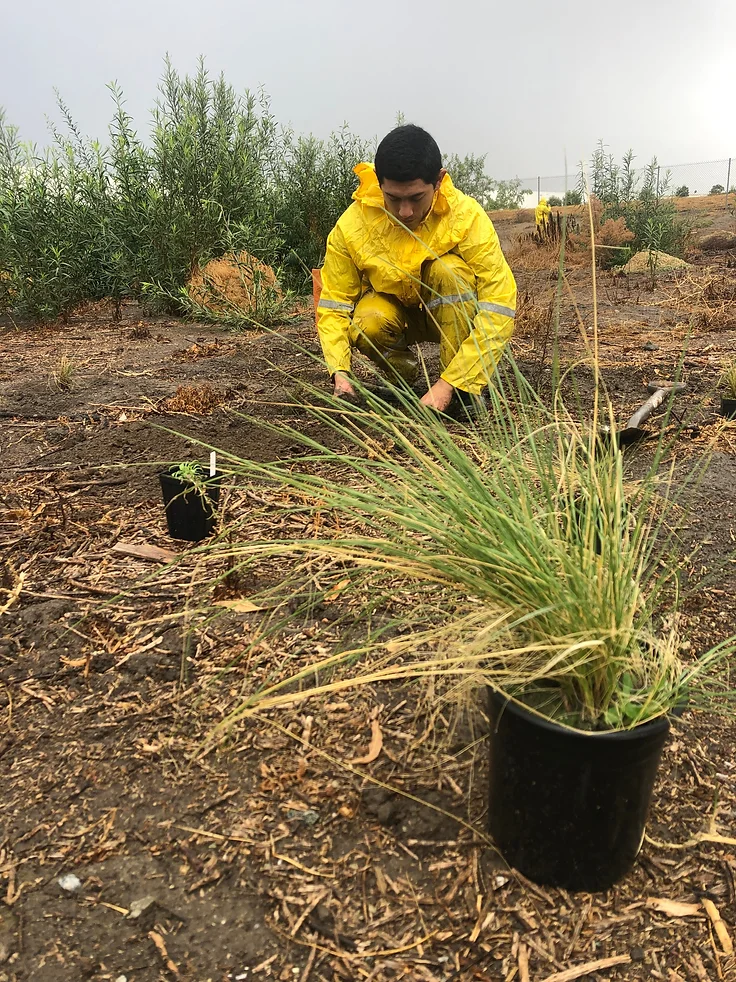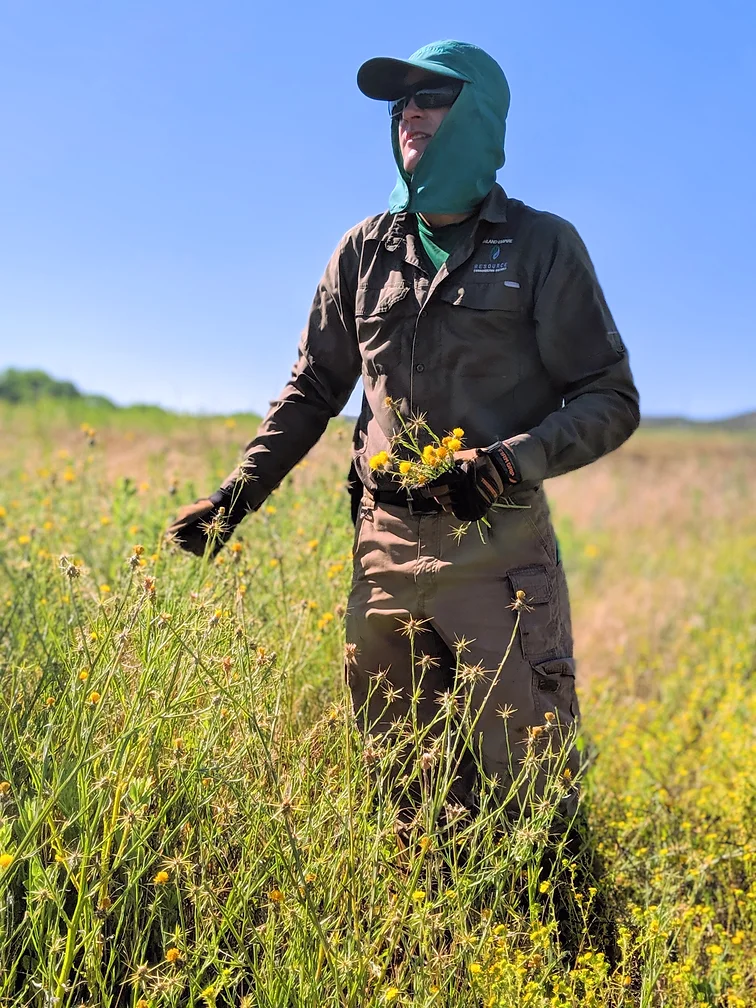Mitigation & Easements

In the past decade, the number of people living in the Inland Empire has risen dramatically, accompanied by a predictable increase in area construction to accommodate this larger population. The resulting proliferation of buildings and infrastructure has benefitted the growing number of residents; however, one unpleasant side effect has been the consequential negative impacts to the local landscape including open space loss, dramatic habitat alteration, and increased presence of sediment in water bodies. Those responsible for habitat impacts are required by the state of California to mitigate for them; project proponents must first attempt to minimize, then make up for the damages inflicted upon the environment as a result of project construction. There are many potential forms of mitigation that can be assigned to developers including habitat creation, habitat restoration, and open space preservation. Local examples of mitigation within the boundaries of the District include constructed sediment basins in San Timoteo Creek in Redlands and the restoration of habitat in the Devil’s Canyon/San Sevaine region of San Bernardino.

Conservation organizations such as the IERCD play a variety of roles in the process of carrying mitigation responsibilities from the conceptual phase to implementation. In projects planned for District lands, the IERCD will assist with permit interpretation, location of potential project sites, assistance with habitat mitigation and management plans, and with creation and recordation of the conservation easement if applicable.
Currently, all mitigation projects must be applied to lands in permanent conservation, either due to classification as Federal land, or protected via conservation easement. As a public agency, the District is a qualified easement holder, which requires IERCD supervision in perpetuity to ensure permanent conservation. Easements attempt to facilitate this conservation through restriction of certain activities upon land, as well as requiring the holder to perform maintenance and monitoring tasks to ensure continued health of the parcel’s vegetation and wildlife communities. In order to accomplish these tasks, the individual developers remit endowments in amounts calculated by IERCD staff in order to allow for perpetual funding of all easement tasks
